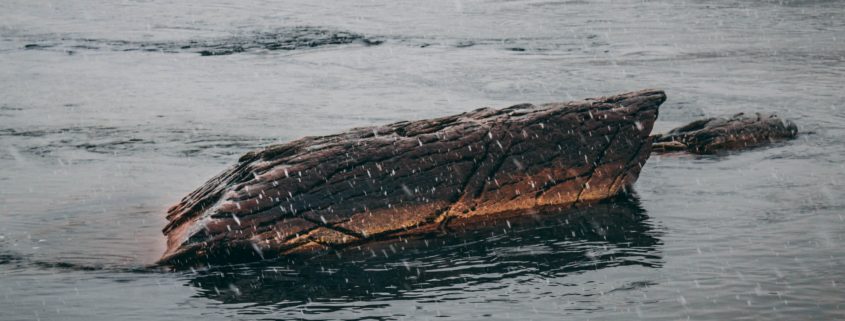Ever wonder what’s living in our local streams? Join a stream monitoring team and help gauge local water quality by surveying aquatic organisms living on the stream bottom. Led by certified stream monitors, the teams welcome interested observers and offer an opportunity to explore Northern Virginia’s lovely creeks.
NVSWCD Sugarland Run Stream Monitoring Workshop
When: Saturday, 6 October 2018, 10 am-12:30pm
Where: Sugarland Run Stream Valley Park, Herndon
Registration is required and limited. Register by email to Ashley Palmer at [email protected], Northern Virginia Soil and Water Conservation District Conservation Education Specialist.
Loudoun Wildlife Conservancy Stream Monitoring Session
When: Sunday, 7 October 2018, 10:30am-12:30pm
Where: Goose Creek
Limit 7. Registration required. The exact location will be sent to registered participants closer to the date. The rain date for this event is October 14. Contact [email protected] for registration and questions.
Loudoun Wildlife Conservancy Stream Monitoring Session
When: Sunday, 14 October 2018, 9-11am
Where: Waterford
Limit 7. Registration required. The exact location will be sent to registered participants closer to the date. The rain date for this event is October 21. Contact [email protected] for registration and questions.
Reston Association Stream Monitoring Workshop
When: Saturday, 20 October 2018, 1-4pm
Where: Reston
Get involved with a small team to collect data and identify insects with the goal of assessing the health of Reston’s stream. Not only do you get to learn about streams, it also provides an opportunity to make new friends.
Learn more and register.
Holmes Run Stream Monitoring Session
When: Sunday, 21 October 2018, 9am-12pm
Where: Falls Church
Join a volunteer certified stream monitor as she assesses ecological conditions in streams, based on the presence and abundance of bottom-dwelling invertebrates. Registration is required and limited. Register by email to
Valerie Bertha.
Hidden Pond Stream Monitoring Session
When: Saturday, November 3, 9:00am-12:00pm
Where: Springfield
Join a volunteer certified stream monitor as she assesses ecological conditions in streams, based on the presence and abundance of bottom-dwelling invertebrates. Registration is required and limited to 5 registrants. Register by email to
Susan Demsko.











